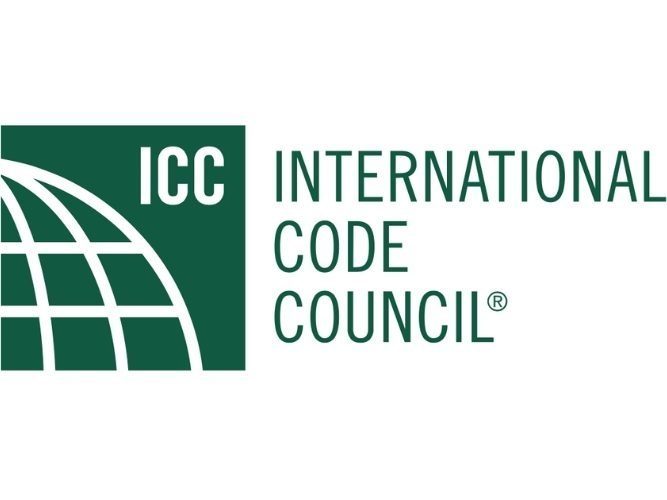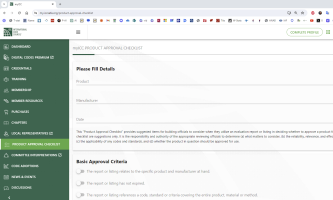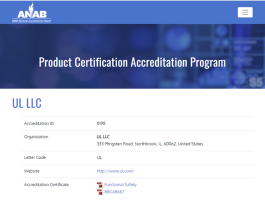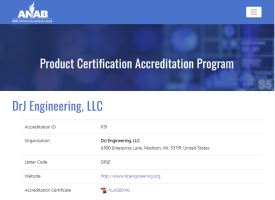CodeWarrior
REGISTERED
ICC-ES has a new leader, David Tompos. But they haven't changed tactics and filed another lawsuit, this one against DrJ. DrJ issues code reports on certain types of building products, and has likely taken work from ICC-ES.
Among other grievances, The lawsuit alleges a document "Product Approval Checklist for Code Officials” offered by DrJ, is being falsely represented as prepared by ICC.
Now, such a document might be welcomed by code officials but ICC seems to have no interest in providing such a document. At least the press release doesn't say they have done so. ICC could have said, okay, we disown the checklist DrJ has, but here is our resource for building officials.
Anyway, you can still obtain the checklist from DrJ before it disappears.

Among other grievances, The lawsuit alleges a document "Product Approval Checklist for Code Officials” offered by DrJ, is being falsely represented as prepared by ICC.
Now, such a document might be welcomed by code officials but ICC seems to have no interest in providing such a document. At least the press release doesn't say they have done so. ICC could have said, okay, we disown the checklist DrJ has, but here is our resource for building officials.
Anyway, you can still obtain the checklist from DrJ before it disappears.

International Code Council Files Lawsuit Against DrJ Engineering
The lawsuit asserts trademark infringement and false advertising.
www.phcppros.com




